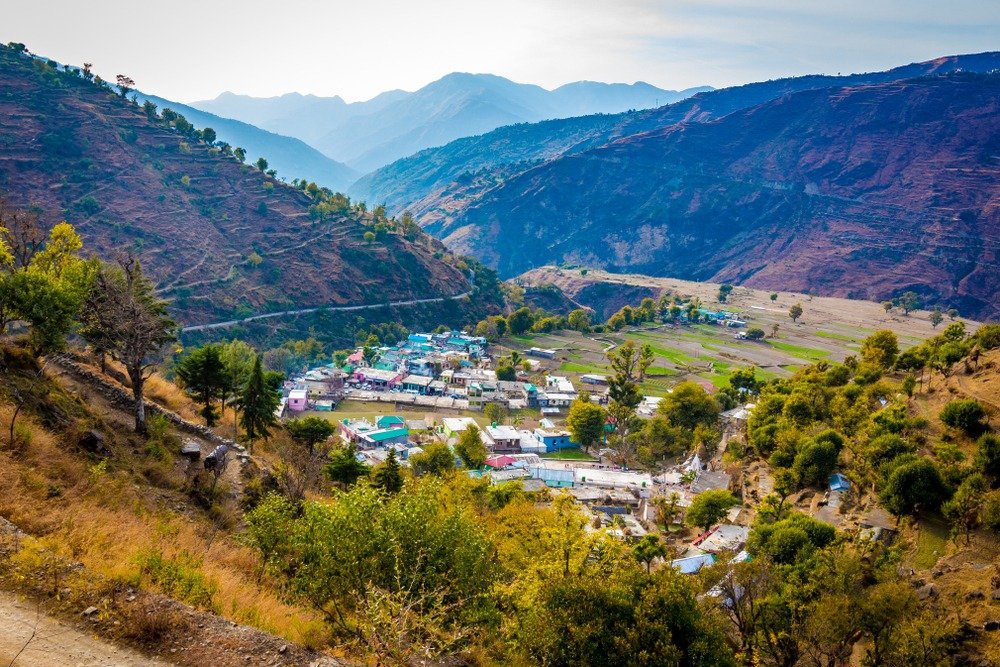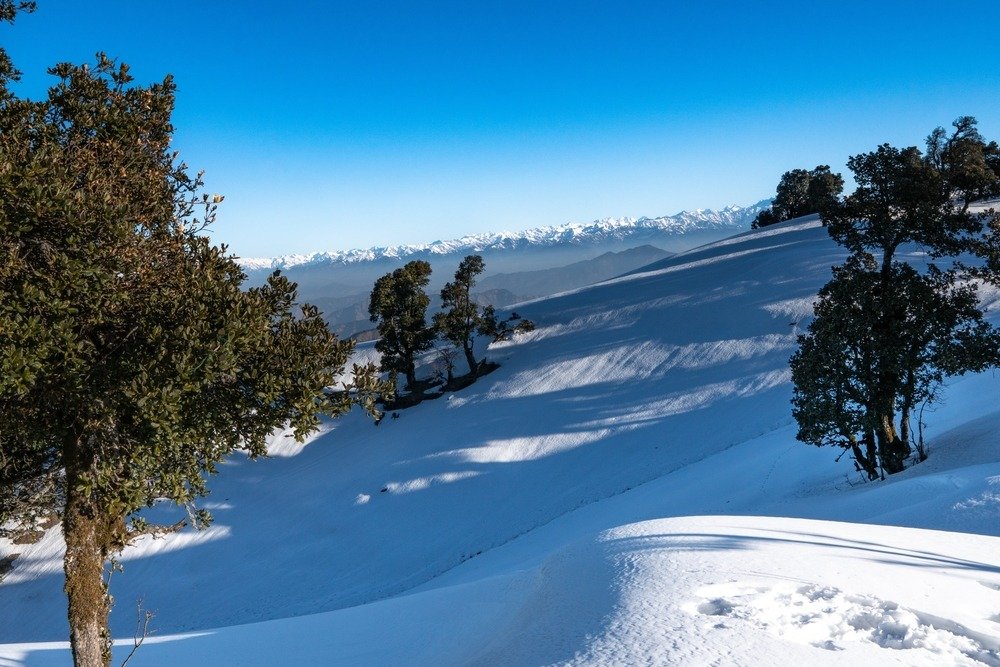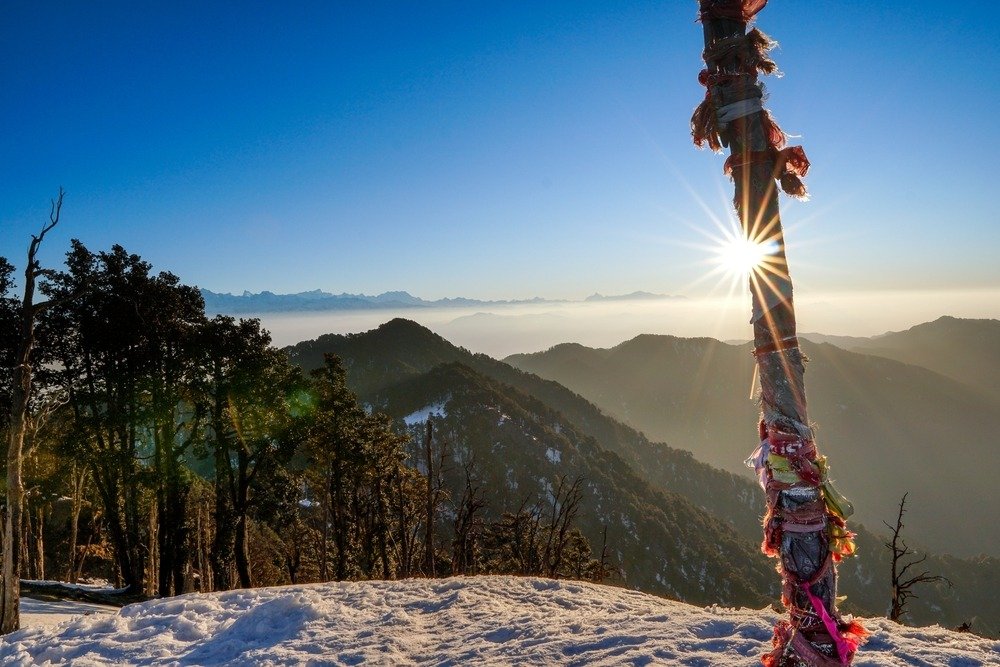Let’s not beat around the bush. If you’re eyeing the Nag Tibba trail, wondering whether to hire a guide or do it solo, here’s the truth: a good guide can change everything. Not in a dramatic, movie-like sense. But in all the subtle, real ways that matter the most—comfort, safety, connection, experience, and peace of mind.
I’ve trekked this trail. I’ve walked those dusty pine paths, stood at the summit with snow in my boots, and sipped tea under a star-studded sky. And I’ve done it with a guide who didn’t just “show me the way” but introduced me to the mountain like an old friend.
Here’s everything I learned—so you can decide for yourself whether a guide is worth it. (Spoiler: they are.)
Nag Tibba: The ‘Beginner’s Trek’ That Still Packs Surprises
Nag Tibba, or the “Serpent’s Peak,” sits at 9,915 feet in the Garhwal Himalayas of Uttarakhand. It’s called a beginner’s trek because of its accessibility, relatively short duration (2 to 3 days), and proximity to places like Mussoorie and Dehradun.
But don’t let the label fool you. Beginner doesn’t mean basic.
You’ll walk through dense forests, tackle uneven terrain, possibly deal with sudden snow in winter or slush during the monsoon, and navigate confusing forks in the trail that have zero signboards.
It’s the kind of trail that gives you just enough challenge to keep your adrenaline up and enough beauty to take your breath away. But that’s also why a good guide matters. They bridge the gap between challenge and comfort. They help you enjoy the thrill without getting overwhelmed by it.
You’re Not Just Walking—You’re Trusting the Trail

What’s the biggest thing most people underestimate on a trek? Navigation.
On a map, it’s a clean line from Pantwari to Nag Tibba summit. In reality, you’re walking through forests where everything looks the same, through fog that rolls in like a curtain, and across ridges where a wrong turn could mean losing an hour or worse.
A guide isn’t just a GPS with legs. They’re someone who knows the terrain—where a new path has been carved by landslides, where the snow tends to get deep, where a hidden spring offers fresh water, and which trail to take if weather turns rough.
I can’t count the number of times I would’ve second-guessed myself if I were alone. I saved time because I had a guide. I didn’t lose energy backtracking. I didn’t stress. I simply strolled and took in everything.
A Guide Keeps You Safe When Things Go Sideways
Weather in the mountains is unpredictable. On day two, while nearing the summit, the skies suddenly darkened. In 15 minutes, visibility dropped to a few meters. Fog, drizzle, and biting wind rolled in. I was layered up, but still caught off guard.
Our guide wasn’t.
He calmly pulled us off the ridge into a forested patch, handed out ponchos, checked everyone’s condition, and then guided us through an alternate route that avoided the slippery section. No panic, no chaos—just presence of mind.
That’s the difference between reading about trail conditions and having lived through them. A good guide isn’t just a companion—they’re your first line of defense against the unexpected.
Local Knowledge Turns a Walk Into an Experience
One of the best things about hiking with a guide? The stories.
Our guide wasn’t just pointing at trees—he was explaining them. “That’s Banj oak. Locals use the leaves to feed cattle.” Or, “That tree? Good for firewood but never cut near the village temple.” Every step came with context, culture, and history.
He told us about Nag Devta, the serpent deity the peak is named after. Shared how villagers still hike up each year for ritual prayers. Showed us a rock formation said to be a resting place of the deity.
Nag Tibba would have been just another beautiful walk without him. With him, it became something deeper—an insight into mountain life, beliefs, and traditions. That connection? You can’t download it.
Food, Camps, Fires—It’s All Better With a Guide

Before Base Camp, we paused for lunch at a clearing. Our guide and his team whipped up hot rajma-chawal on a portable stove while we sat staring at distant peaks. At night, they set up camp, started a small fire, and even managed to serve warm soup and roti. That kind of service in the middle of nowhere? Priceless.
Had I gone solo, I’d be gnawing on energy bars and struggling with a damp tent.
Also, they knew where to set camp—flat, safe, wind-protected areas near water but away from wild animal trails. That knowledge only comes with experience.
Why “The Searching Souls” Was the Right Choice for Me
Now, I’m not here to push a company. However, I must give credit where credit is due.
I went with The Searching Souls, and it was the smoothest Himalayan experience I’ve had. Everything—from pickup in Dehradun to the trek logistics, food, safety protocols, and team energy—was top-notch. The guides were locals, not hired outsiders, and that made all the difference.
It didn’t feel like a nag tibba trek package. It felt like a community. And at no point did I feel like “just another customer.” They respected the trail, taught us to respect it, and made sure we left no trace.
That’s what you want in a guiding company—not just efficiency, but ethics.
Who Needs a Guide Most?
Let me be blunt. Almost everyone benefits from a guide, but especially:
- First-time trekkers: The comfort of having someone handle things while you enjoy the trail is worth every rupee.
- Solo hikers: It’s beautiful out there, but it’s also remote. You’ll never be completely alone if you have a guide.
- Photography lovers: Guides know the best angles, sunrise spots, and hidden viewpoints.
- Families: With kids or older folks in the group, a guide adds serious safety value.
- Off-season trekkers: Snow, rain, or fog? Don’t risk it alone.
Is It Worth the Cost? Absolutely.
Let’s talk money. Hiring a guide or booking a guided trek does cost more than going solo. But think of what you’re getting:
- Navigation support
- Safety and first aid
- Cultural insights
- Hot meals and proper camps
- Logistics sorted
- Peace of mind
When you add that up, it’s not a luxury—it’s smart trekking.
Skipping a guide to save a few bucks might cost you in other ways—lost time, poor sleep, wrong turns, or worse, a dangerous situation. And honestly, the value a guide adds to the experience is something money alone can’t buy.
Final Thoughts: A Trail Is Just a Path—A Guide Makes It a Story
I reached the summit of Nag Tibba just after sunrise. The sky was painted with pinks and oranges, and snow-capped peaks lined the horizon. I stood there with my guide, sipping hot tea he’d packed just for this moment, and realized—this was more than a hike. This was a memory I’d carry forever.
Not because it was the hardest or highest trail I’ve done, but because it was shared right.
That’s what a good guide gives you. Not just support. Not just safety. But stories. Context. Connection.
So, if you’re heading to Nag Tibba—go with someone who knows it like home. Someone who’ll let you walk, but also help you see. Someone who’ll make you feel like the mountain isn’t just a destination, but a chapter you’ve become part of.
If you’re looking for that kind of guide, my experience with The Searching Souls checked every box. No spammy promises, just solid people doing honest work.
Take the trail seriously. Let someone experienced walk it with you. You’ll come back not just with photos—but with stories you’ll tell for years.
